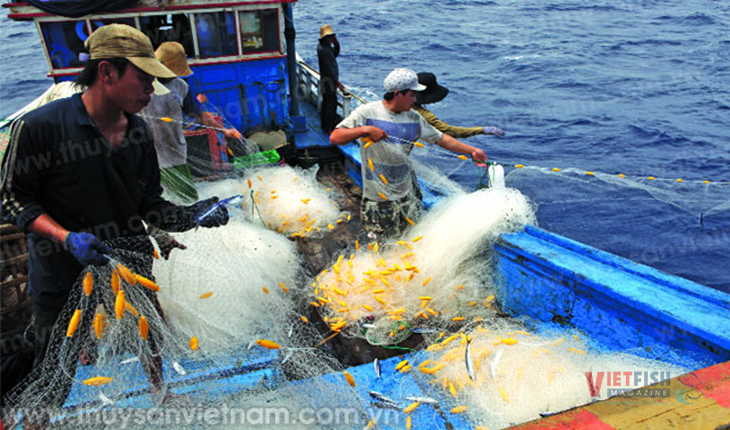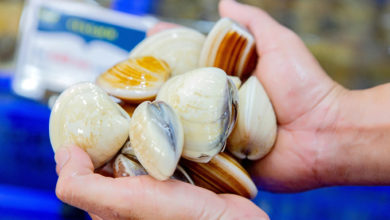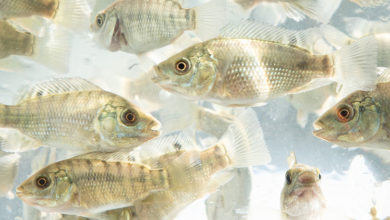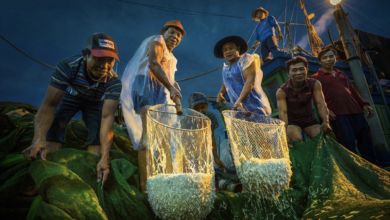Khánh Hòa: Model of cobia farming in HDPE round cage has shown economic efficiency
Being a part of the project “Building a model of cobia with Norwegian-style HDPE round cages”, the model has been implemented in the coastal area in Vạn Thành commune of Vạn Ninh district, Khánh Hòa province and shown economic efficiency and needs to be extended.
The provincial Center of Agriculture Extension Huỳnh Kim Khánh said that the project “Building a model of marine cobia with Norwegian-style HDPE round cages” was funded by the National Agricultural Extension Center and implemented by Khánh Hòa Agricultural Extension Center in six round cages. The total investment fund is more than 4.7 billion dong within three years from 2020 to 2022. The agricultural extension centers contribute 3 billion dong, the rest is paid by participants. One cage was built in 2020, two cages would be installed in 2021 and three cages must be completed in 2022.
In 2020, the first round cage managed by farmer Nguyễn Xuân Hòa in Bà Lễ beach area of Vạn Thạnh commune, Vạn Ninh district) shown economic efficiency. Cobia weighed up fast and the survival rate was higher than that in traditional cages. In 2021, two more cages were built in Vạn Thạnh commune. According to Phương Minh Nam, Head of the Fisheries Extension Office under the provincial Agricultural Extension Center and the Project Manager, these two cages, 400 cage volume 3 each, were stocked with 2,400 cobia size 18-20cm. The result showed that those cobia grew well, with an average weight of 2.8-3.2kg and survival rate of 98%. These parameters are much better than those in traditional cages which usually showed the survival rate of 80-90%. By the end of 2021, after nearly 9 months of farming, the cobia would reach an average weight of 5kg/pc and survival rate of 94-95%.
Farmers are eager with the results. According to Phạm Ngọc Luyện, Deputy Head of the Economic Office in Vạn Ninh district, the Norwegian-style HDPE round cages are more bearable to stormy conditions. During the project development, farmers are trained with solutions to environmental protection measures and initial treatment in case of disease detection, minimizing the mortality rate and bringing in more economic efficiency.
There are as many as 39,000 aquaculture cages in Vạn Ninh district, with nearly 5,000 cages, mainly traditional wooden ones, being stocked with marine fish. Local authorities hope that farmers will gradually replace traditional cages with HDPE round cages which are well adapted to climate change and huge waves offshore so as to eliminate risks and damages left by natural acts, storms, and floods.
VFM






